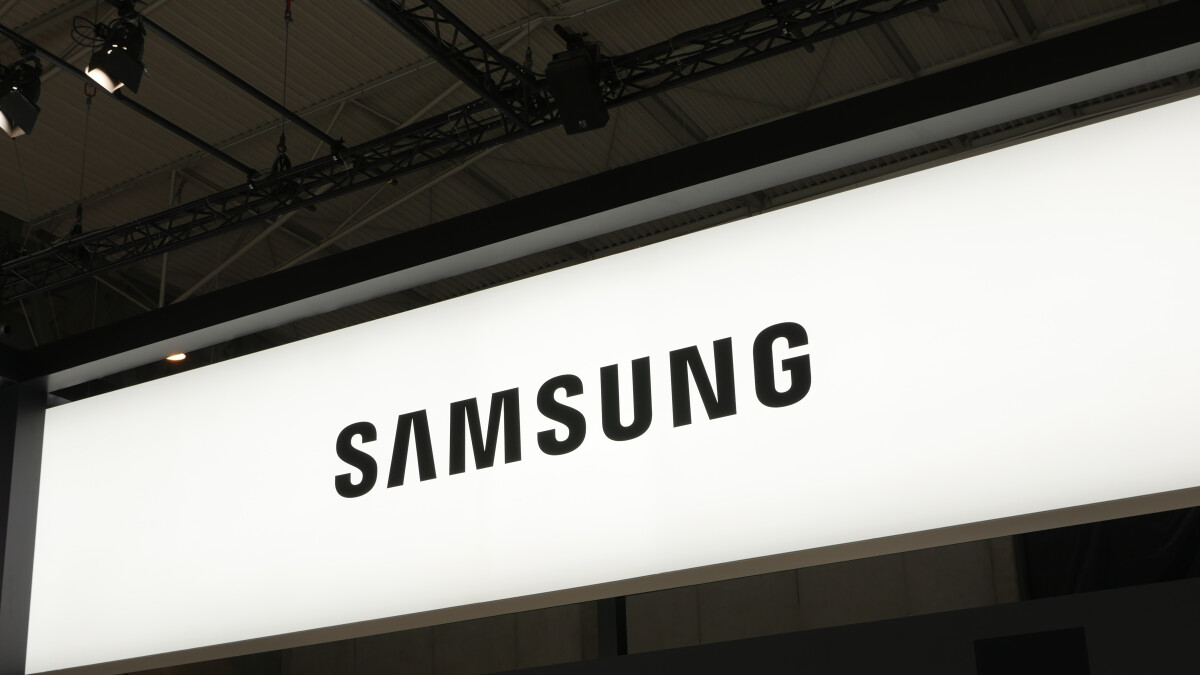Huge megapixel amounts in tiny sensors seem like a stupid marketing gimmic tbh
It depends. It can be used for scientific studies. The limitations are at the photon level. Smaller photosites mean less photons per photosite and so lower sensitivity. It also means more depth of field (less blurry backgrounds) hat’s why cinema cameras are going the other way, looking for always larger camera sensors (traditional cinema is 35mm width, and up to 65mm width for IMAX). But a super small sensor with ultra high resolution can be used for microscopes since the smaller the sensor the bigger the image amplification for a same lens, telescopes need more light sensitivity over resolution. Imagine such sensor on a Mars rover looking at rocks.
Now with such high resolution, one thing they can do is getting mega high def image and down sampling it to a 4K or 8k. Which means you can average multiple photosites to make one pixel. The benefit of that is avoiding moiré effects on phase patterns and you can increase the sensitivity since you’re essentially using a larger area per pixel with multiple photosites.
I might be working on a 441MP camera sensor
i might be smoking weed and chilling with my dogs, too
440MP is useless but a GN6 could be kinda fun…
Maybe. But the Pixel 6a shows that it’s not about how big your MP is, but how you use it. Focusing on MP hasn’t been relevant for decades.
I completely agree. The issue with all these MP counts, they keep dividing 12mp sensors into smaller and smaller sub pixel resolutions. It creates a lot of challenges for image software to de-mosaic. But a GN6 could be interesting, as at that sub pixel size, it would be Samsung’s first true competitor for Sony’s monster IMX989. That 1"Type sensor is a beast at 12MP.





